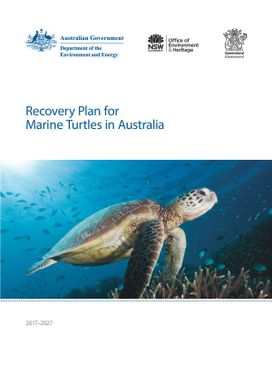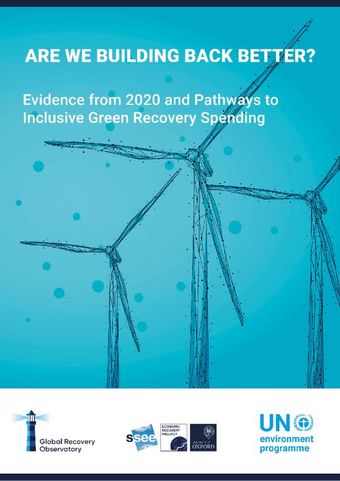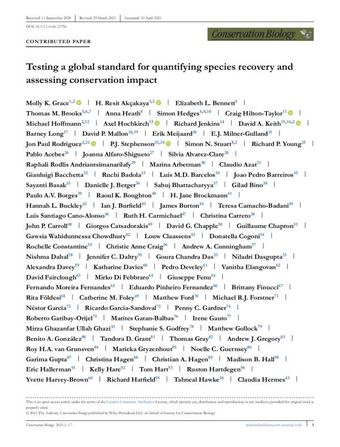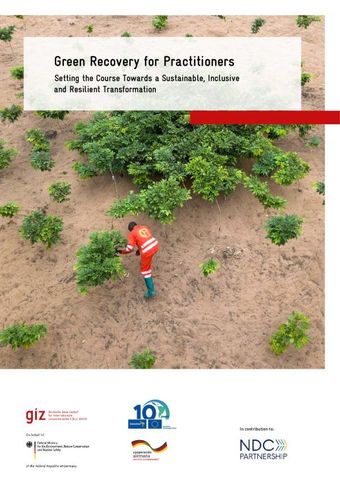Recovery plan for marine turtles in Australia
- Description:
- Six of the world’s seven species of marine turtles occur in Australian waters and are protected under the Commonwealth Environment Protection and Biodiversity Conservation Act 1999 (EPBC Act). These species are the EPBC Act listed threatened ‘endangered’ loggerhead (Caretta caretta), olive ridley (Lepidochelys olivacea), and leatherback (Dermochelys coriacea) turtles, and ‘vulnerable’ green (Chelonia mydas), flatback (Natator depressus) and hawksbill (Eretmochelys imbricata) turtles. Marine turtles are found throughout Australia’s marine environment and are most common across northern Australia. Australia has some of the largest marine turtle nesting rookeries in the Indo-Pacific region and is the only country where flatback turtles nest.
- Display date:
- 2017
- Location:
- Worldwide
- Collections:
- Secretariat of the Pacific Regional Environment Programme (SPREP)
- Publisher:
- Australian Government
- Content partner:
- Secretariat of the Pacific Regional Environment Programme (SPREP)
- Availability:
- Not specified
-
Copyright status: All rights reservedFind out more about what you are able to do with this itemThis item is all rights reserved, with means you'll have to get permission from Secretariat of the Pacific Regional Environment Programme (SPREP) before using it. For more information, please see our use and reuse page.What can I do with this item?Non-infringing useNZ copyright law does not prevent every use of a copyright work, and this item may be hosted by an international institute or organisation. You should consider what you can and cannot do with a copyright work.No sharingYou may not copy and/or share this item with others without further permission. This includes posting it on your blog, using it in a presentation, or any other public use.No modifyingYou are not allowed to adapt or remix this item into any other works.No commercial useYou may not use this item commercially.
Related items
Welcome and warm Pasifik greetings
The information on this site has been gathered from our content partners.
The names, terms, and labels that we present on the site may contain images or voices of deceased persons and may also reflect the bias, norms, and perspective of the period of time in which they were created. We accept that these may not be appropriate today.
If you have any concerns or questions about an item, please contact us.



